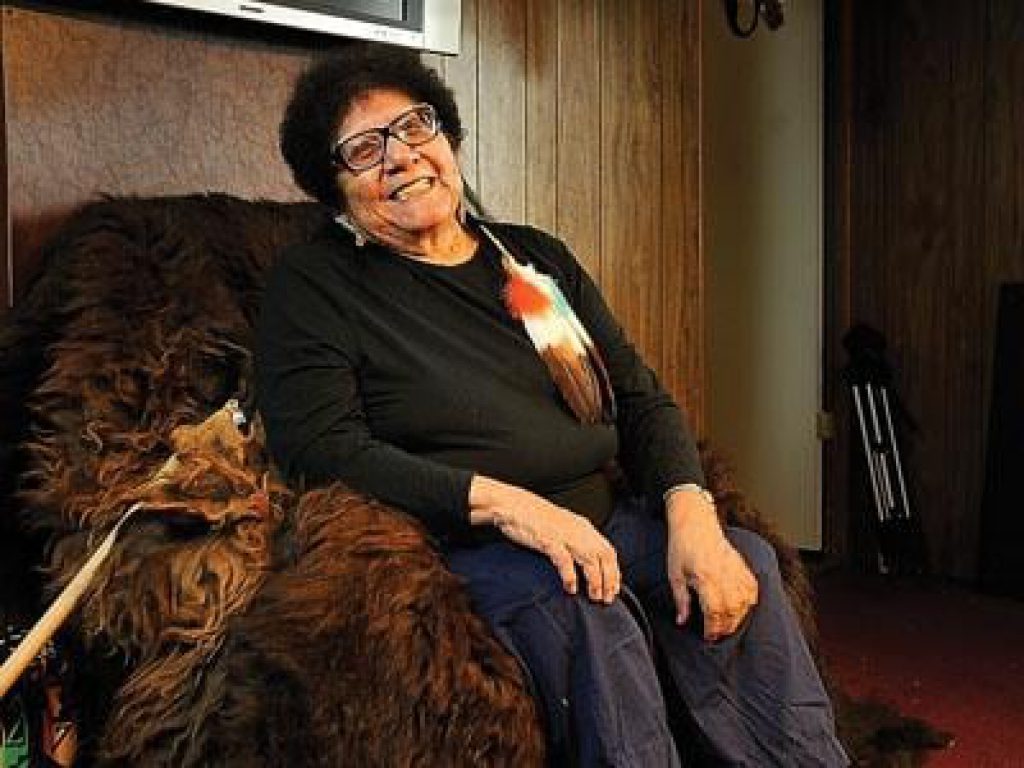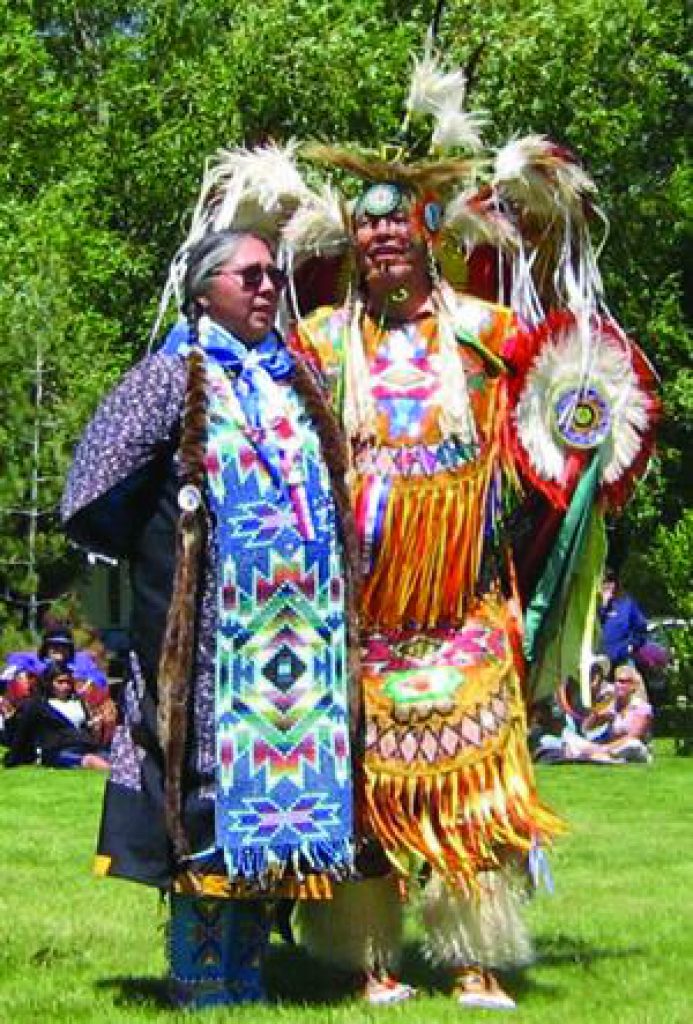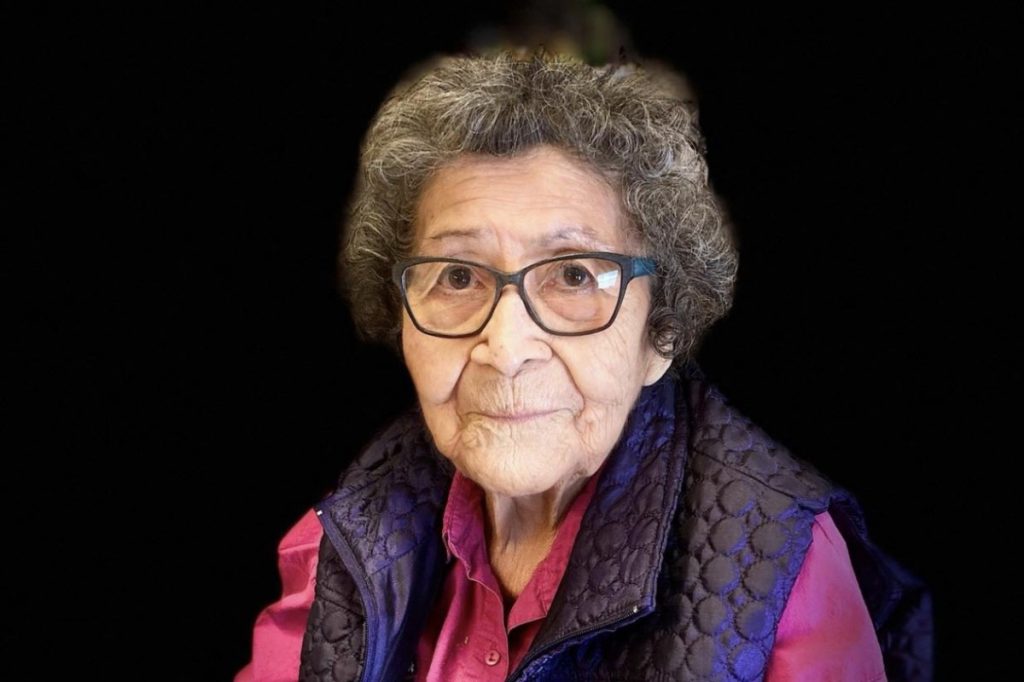Women’s History Month, celebrated during the month of March in the United States, highlights the contributions of women to historical events and modern society. Most people know that Ketchum, Sun Valley, and the entire Wood River Valley have a storied past, one marked by celebrities and old, Western mining culture.
However, archaeological evidence indicates that as far back as 10,000 years ago, the Wood River Valley was home to Native peoples from the Shoshone, Bannock & Lehi tribes. To kick off Women’s History Month, we are looking back to the Wood River Valley’s first inhabitants and commemorating the women who have ensured that their stories and culture live on.
We are constantly told that we were never here, but our presence is in the petroglyphs, teepee rings and other cultural resources. These are traditional artifacts from time immemorial. We continue to come back to the areas of our ancestors to let the communities know that we have not forgotten our past association with these lands. We come to pay homage to the spirits of our ancestors. We let the communities in and around Sun Valley know that we are a living culture, not a prehistoric culture to be forgotten.
Lionel Q. Boyer, former Chairman of the Shoshone-Bannock Tribes (excerpt from “A History of Indians in the Sun Valley Area” by Tony Tekarokiake Evans
The Shoshone and Bannock tribes learned to survive the high desert environment of southern Idaho, migrating with the seasons on its raw and unsettled frontier. Men fished, relying on the salmon runs, and hunted big game, including deer and antelope. Women gathered berries, seeds, nuts, roots and insects for food and utilized over 100 different plants for medicinal purposes.
This blog highlights three Native women who have contributed to preserving the culture of the Shoshone and Bannock tribes, thus enlightening residents and visitors of the Sun Valley area and greater Idaho to the important, storied history of this land and its people.
Ramona Walema

Ramona Walema was a Shoshone-Bannock tribal elder and folklorist who passed in March of 2020 at 88 years of age. She helped spearhead the commemoration of the dig at Elkhorn in 1990, informing the public of the 1972 finds when developers began construction of the Elkhorn golf course in Sun Valley on a site called “Indian Springs” (Evans). This became the most significant historical site ever discovered in the Wood River Valley, with Native artifacts dating back 10,000 years ago.
Ramona Walema was crucial to the development and impact of the exhibit to inform the public, and even wove authentic sagebrush mats that were similar to those found at Indian Springs.
In addition to the influence Walema had here in the Wood River Valley, she spent her life sharing her tribal lore, plant expertise, native language and arts and crafts skills through the public school systems in Fort Hall, Blackfoot and Pocatello.
Her plant medicine expertise dates back to being a child on the Fort Hill Reservation asking her father about different plants and their medicinal uses. Walema learned that chewing pieces of aspen bark could relieve a headache and sagebrush leaves could help with a nosebleed.
Carolyn Boyer-Smith

Carolyn Boyer-Smith of the Shoshone-Bannock Tribe was an important player in restarting Camas Lily Days to honor Native culture in the Camas Prairie.
Although Fort Hall has been the official site of the reservation for the Shoshone and Bannock Tribes since 1867, those tribes once migrated across southern Idaho, including in and around the Wood River Valley. In the summer, they met south of Sun Valley in the Camas Prairie near Fairfield to harvest camas bulbs and other roots to last them through long winters.
Many Shoshone-Bannocks maintain that they have ownership rights to the Camas Prairie guaranteed to them under the Treaty of 1869 (Evans). However, the document states that the Native people have a portion of the “Kansas” prairie, not the “Camas,” even though the two words were synonymous to the original peoples.
In 2006, farmer Wes Fields who was born on the Camas Prairie near Fairfield in 1926, saw a group of Shoshone-Bannock people in the camas field near his home. Fields had remembered their voyage as a young boy and was curious to engage. One of the people who he met was Carolyn Boyer-Smith, who was there with her father harvesting camas bulbs from their ancestral foraging ground.
Smith befriended Fields and helped to revive the annual Camas Lily Days Festival in Fairfield, honoring the lands’ original people. Smith can be found at the festival, taking place annually in early June, dancing and honoring her ancestors and heritage.
Maxine Racehorse Edmo

Maxine Racehorse Edmo was a Shoshone Bannock elder of Fort Hall who passed in September 2020 at the age of 91. She left an incredible legacy behind her of advocating for educational needs for Native people, even going to Capitol Hill to testify for native people nationwide.
Although her efforts don’t directly touch Sun Valley and the Wood River Valley, Edmo made it her life’s purpose to preserve and promote Idaho heritage for future generations.
Some of Edmo’s life accomplishments include securing funding for the tribal school of the Fort Hall Reservation, leading to the establishment of the Shoshone Bannock junior and senior high school in 1996; being appointed to the National Advisory Council on Indian Education by President Jimmy Carter in 1976; and calling on the state of Idaho to create a curriculum relevant to Indian students that incorporated the history of Native people and the Bannock language.
In 2016, the Idaho State Historical Society awarded her with Esto Perpetua award after Idaho Senator Jim Risch nominated her, citing her “work to preserve and promote academics, bilingualism and overall cultural enrichment…”
Efforts like this keeps alive the rich history of the Gem State.
Idaho Senator Jim Risch speaking on Maxine Racehorse Edmo’s life efforts to preserve Native culture.
It is vital that our community and its visitors understand the history of the land and its original people who were removed with force through unconscionable means. These women, along with many others, have fought to preserve the Shoshone-Bannock culture and history, enlightening us of the importance of remembering our past.
To learn more about Native history in the Wood River Valley and southern Idaho, please check out the following resources: